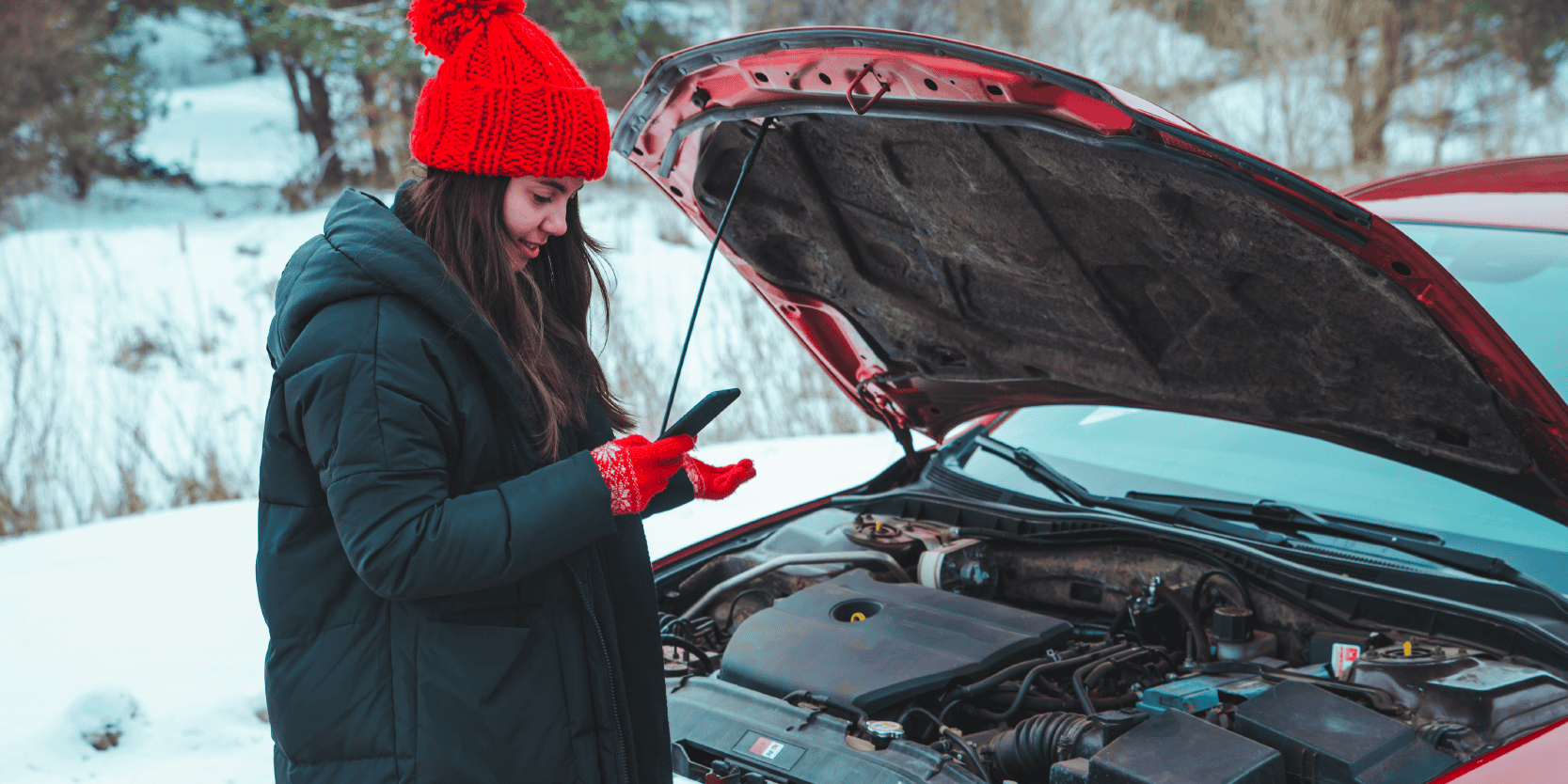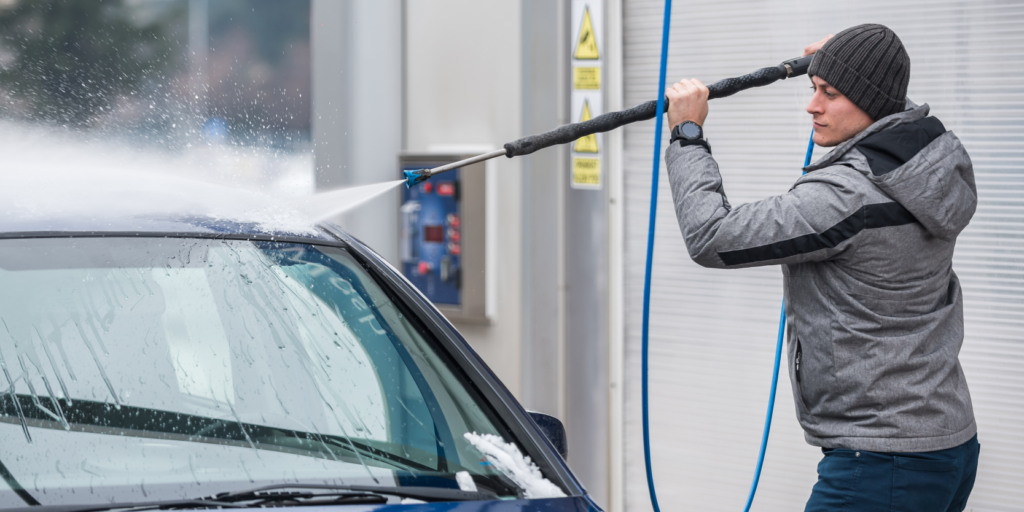
Unexpected Winter Vehicle Expenses
Winter can be a magical time of year, full of holiday fun, gifts and events – which also makes it one of the most expensive seasons. Unexpected vehicle expenses can be hard to cope with when you’re already strapped for cash.
If you own a car, making a budget for seasonal car expenses can help you prepare for any issues that may arise. Even a few dollars tucked away can make a big difference. If you’re looking for a new car, winter expenses should be included in your overall budget. Start building a budget with our Car Loan Calculator to estimate your monthly car loan payments.
Below is a list of the most common unexpected vehicle expenses Canadians face in the winter and how to help prepare yourself financially.
DEAD BATTERY
Low temperatures can make your battery sluggish to start and decrease its ability to hold a charge — especially if your battery is more than three years old. You also put extra strain on your battery in the winter with the increased use of lights and cabin heating systems. These warning signs can tell you when it might be time for a new car battery:
•Slow starting engine
•Dim lights and electrical issues
•Check engine light
•Rotten egg smell
•Corroded connectors
•Swollen/cracked battery case
NEW WINTER TIRES
Deep grooves and flexible rubber make winter tires ideal for driving in snow and ice. However, these same characteristics mean they sometimes wear out faster than all-season or all-weather tires. A quick way to check if your winter tires need to be replaced is by sticking a dime in the tread. If you can see the top of the sailboat, it’s time for a new set.
Did you know? Birchwood Tire is part of Manitoba Public Insurance’s Winter Tire Program, which provides financing up to $2,000 for new tires.
DEAD BLOCK HEATER
Block heaters come standard in most vehicles sold in cold climates. When you plug your car in overnight, your block heater makes it easier to start in the morning by keeping the oil in your engine from freezing. If your car won’t start after it’s been plugged in and the power source is working, a dead block heater is probably to blame.
WORN SPARK PLUGS
Many people are quick to blame a car that won’t start on a dead battery, but faulty or worn spark plugs might be the real culprit. Spark plugs play a vital role in your engine’s combustion and damaged plugs can inhibit your engine’s ability to turn over. The good news is they’re not that expensive to replace.
BURNT-OUT EXTERIOR LIGHTS
The winter season’s shorter days mean your exterior lights are working overtime, which can lead to an increased chance of burnout. Exterior lights are an important safety feature because they make your vehicle more visible in snow and sleet. Try to replace burnt-out lights as soon as you notice them.
FAILED TRANSMISSION
Many transmissions fail in the wintertime because of frozen or low fluid levels. You can avoid costly repairs by flushing your transmission line and topping it up with fluid rated for low temperatures.
BROKEN WINDSHIELD WIPERS
Mucky winter weather and repeated use can do a number on your windshield wipers and affect visibility. Watch for streaking and cracked blade rubber and avoid using your wipers to clear snow off your windshield when you’re in a rush, as this can damage the wiper motor.
FROZEN GAS LINE
Just like other fluids, gasoline is prone to freezing when it’s cold out. A frozen gas line makes it hard to start the engine and can cause stopping or stalling after running. Move your vehicle into a garage to warm up or buy a fuel additive designed to thaw frozen gas lines. As a preventative measure, keep your tank as full as possible during winter.
CAR WASHES
You should expect to spend more on car washes during the winter months. Dirt, sand and road salt buildup can seriously damage your vehicle’s paint job, giving rust spots a chance to form. Make sure you dry your vehicle thoroughly so hinges and locks don’t freeze up.

WINTER TUNE-UPS
Bringing your vehicle in for a tune-up at the beginning of winter will allow you to get ahead of issues that could get worse in the cold. If you’re already taking your car to the garage to get winter tires put on, ask your mechanic to make sure your brakes, engine, battery, oil and air filters are in tip-top shape.
TIPS FOR DEALING WITH UNEXPECTED WINTER VEHICLE EXPENSES
Create an emergency fund. Be sure you have enough in your household emergency fund to deal with any surprise winter-related car repairs, especially if you have an older vehicle.
Offset costs with rewards. If you’re a frequent driver or take a lot of road trips with the family, a gas rewards credit card is an excellent way to save at the pump or capitalize on trips to the gas station.
Invest in roadside service. If you are driving long distances on the highway in winter, the cost of a roadside service (like CAA) basic package is worth it and will give you some peace of mind if an emergency situation arises.
Stock up on safety. In case something goes wrong, it’s good to be prepared. The trunk of your car should include a first aid kit, flares, flashlights, tools, jumper cables, blankets, water, road salt and a shovel.
TAKE ON WINTER WITH A NEW VEHICLE
At Birchwood Credit, we specialize in helping all types of drivers including new Canadians and drivers with less-than-perfect credit. We love helping people find great vehicles that fit their budget. If you’re looking for a new ride this winter, take a few minutes to fill out our online application form today. You can be pre-approved in 24 hours!



